Lotussiddharta
Retro Newbie
Hello there, my name is Levi, I'm from the philippines, I just bought a 2nd hand mixte which I am currently getting repainted, when the paint was stripped off, we saw a 4 digit serial number with and upside down PDS letters that is located a half inch off from the numbers.. I am on a journey in finding out what the brand of the frame is through small clues, at first I looked at mixte bikes with the same detail design which I found similar on a Maruishi and Lotus challenger xs, on my research, Lotus was a brand that hired maruishi or should I say collaborated to be one of their producers..
although none of the patterns of serial numbers of Maruishi and Lotus -matched a PDS (3 letter) and 4 digit numbers..
1 more clue is that the frame has BOCAMA Lugs which from other articles or forums were made in france and used for classic frames from the late 70's and early 80's..
the japanese (maruishi) design and french origin of the lugs does not match at all..
I found this one thread on a forum where someone mentioned a Holdsworth mixte with a serial number PDS 7272, I went on to check for holdsworth serial numbers and I found a forum where some Holdsworth owners are recording data of Holdsworth bikes that are still out there by submitting the serial number.. it is stated there that a 4 digit number refers to frames that were customized build in the 70's but non of the serial numbers have letters on them.. and I sent them a photo of my serial number to verify if the frame that I have could actually be a Holdsworth, some one aswered the day after and confirmed that it was not..
I also posted the photo of the serial number of my frame in a classic japanese bike group, one commented that according to the threading of the frame, he believes it to be of french made..
So far my only clues are:
1. PDS 1654 (serial number
2. Bocama lugs
3. French threading
4. Maruishi/Lotus challenger xs mixte design
5. A thread in a forum where a holdsworth bike has a serial number of PDS 7272
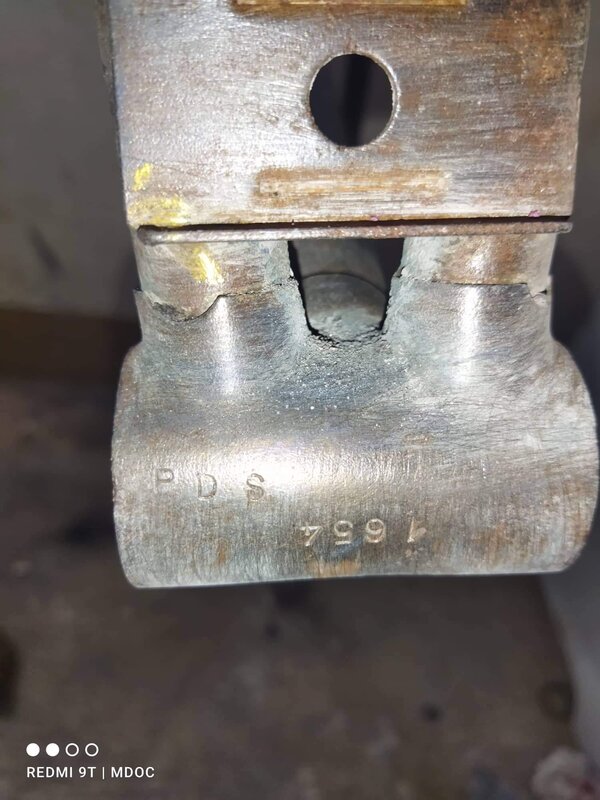
although none of the patterns of serial numbers of Maruishi and Lotus -matched a PDS (3 letter) and 4 digit numbers..
1 more clue is that the frame has BOCAMA Lugs which from other articles or forums were made in france and used for classic frames from the late 70's and early 80's..
the japanese (maruishi) design and french origin of the lugs does not match at all..
I found this one thread on a forum where someone mentioned a Holdsworth mixte with a serial number PDS 7272, I went on to check for holdsworth serial numbers and I found a forum where some Holdsworth owners are recording data of Holdsworth bikes that are still out there by submitting the serial number.. it is stated there that a 4 digit number refers to frames that were customized build in the 70's but non of the serial numbers have letters on them.. and I sent them a photo of my serial number to verify if the frame that I have could actually be a Holdsworth, some one aswered the day after and confirmed that it was not..
I also posted the photo of the serial number of my frame in a classic japanese bike group, one commented that according to the threading of the frame, he believes it to be of french made..
So far my only clues are:
1. PDS 1654 (serial number
2. Bocama lugs
3. French threading
4. Maruishi/Lotus challenger xs mixte design
5. A thread in a forum where a holdsworth bike has a serial number of PDS 7272

Attachments
-
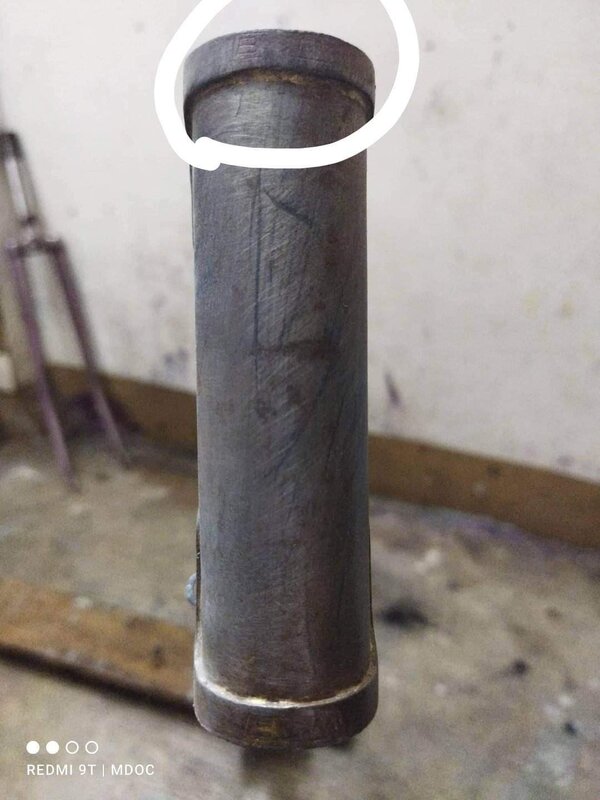 received_1809090899449104.jpeg95 KB · Views: 14
received_1809090899449104.jpeg95 KB · Views: 14 -
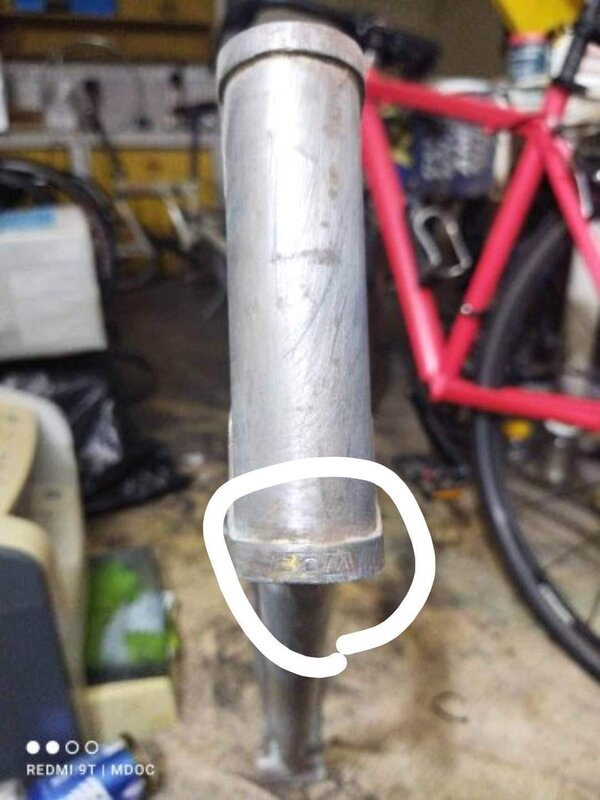 received_536330751856543.jpeg95 KB · Views: 17
received_536330751856543.jpeg95 KB · Views: 17 -
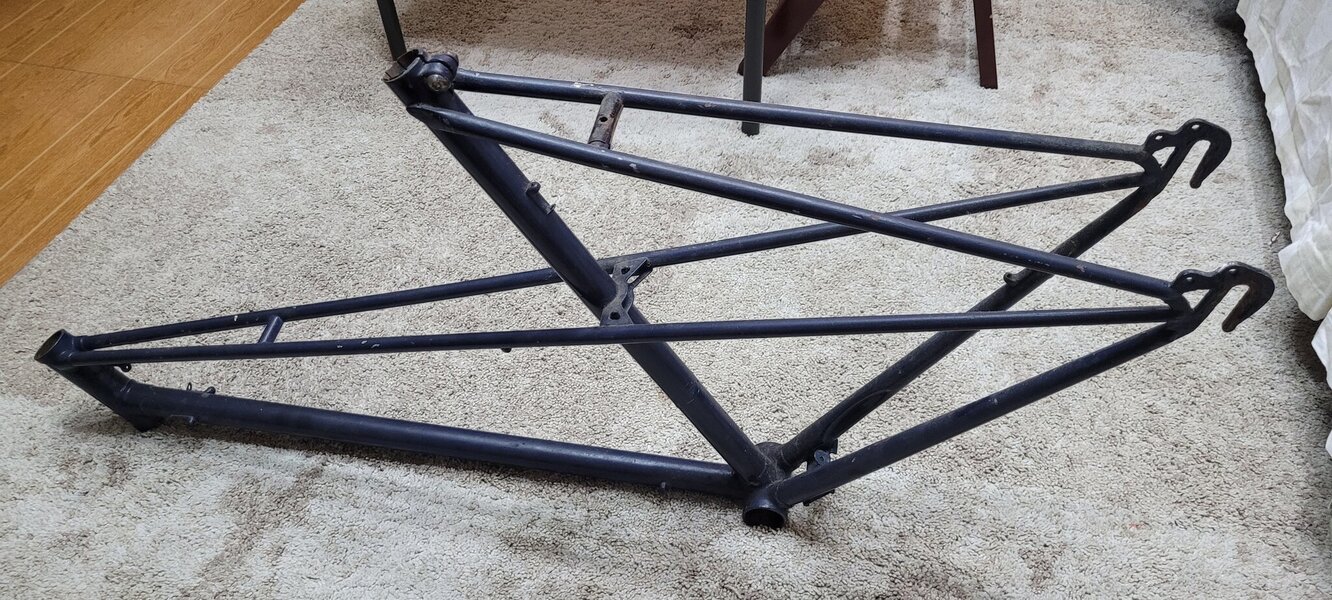 20221209_205546.jpg540.3 KB · Views: 19
20221209_205546.jpg540.3 KB · Views: 19 -
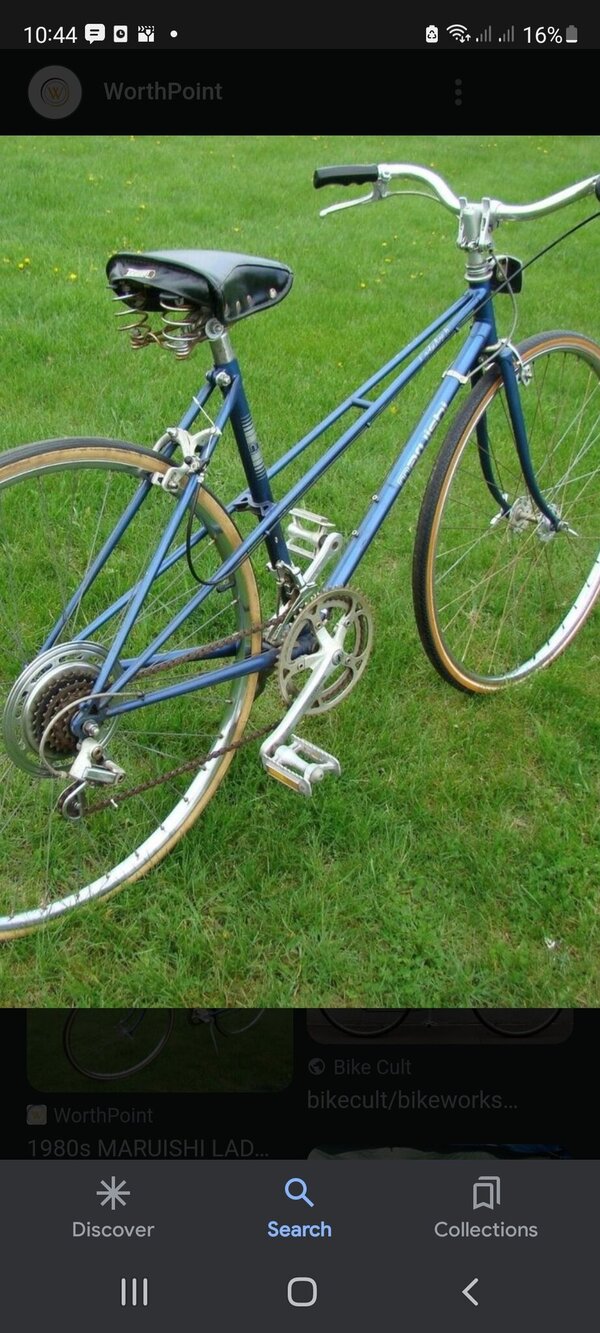 Screenshot_20221118-224403_Google.jpg306.3 KB · Views: 19
Screenshot_20221118-224403_Google.jpg306.3 KB · Views: 19 -
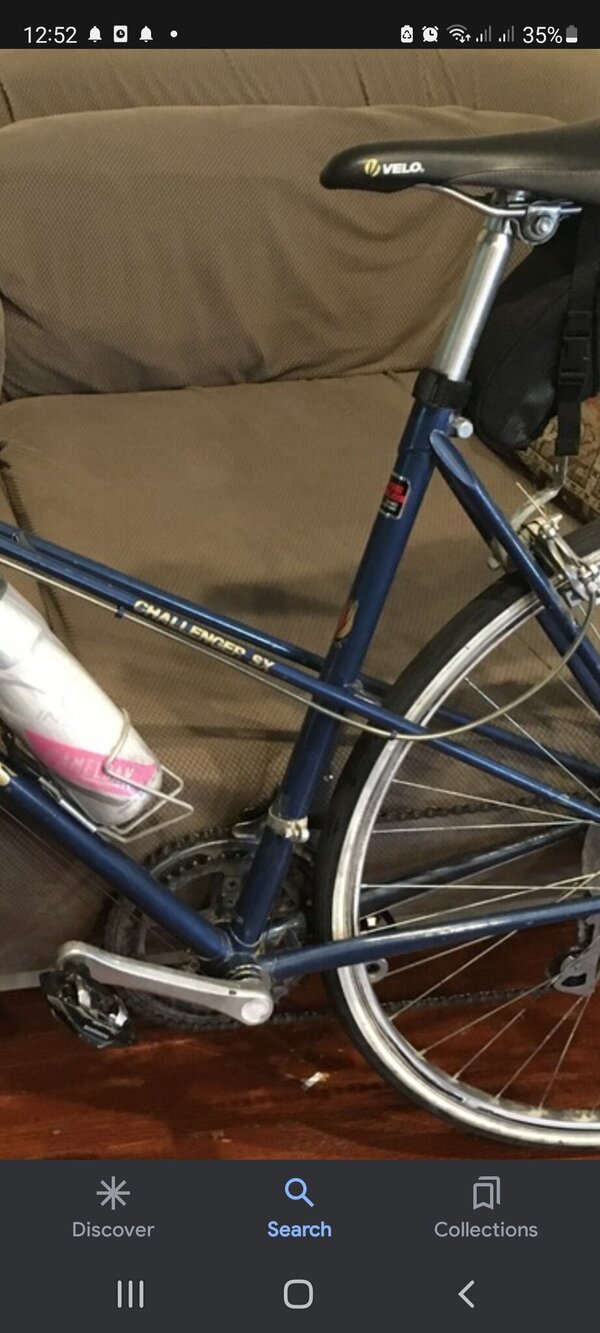 Screenshot_20221214-005241_Google.jpg205.6 KB · Views: 14
Screenshot_20221214-005241_Google.jpg205.6 KB · Views: 14 -
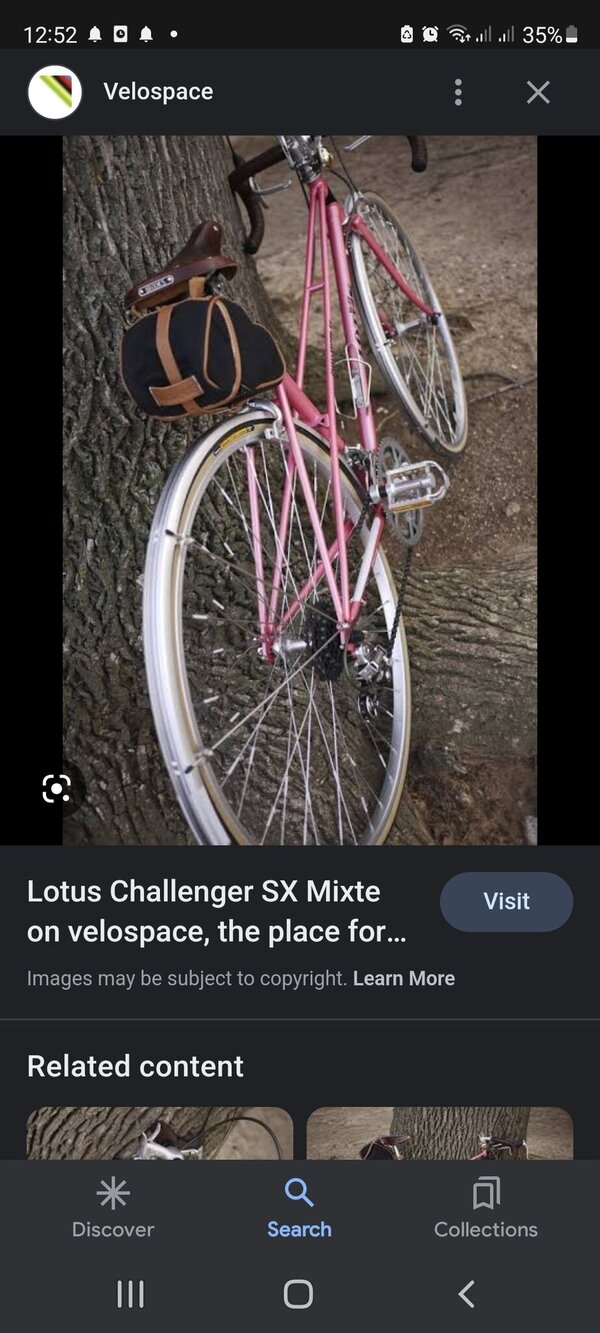 Screenshot_20221214-005213_Google.jpg237.8 KB · Views: 12
Screenshot_20221214-005213_Google.jpg237.8 KB · Views: 12 -
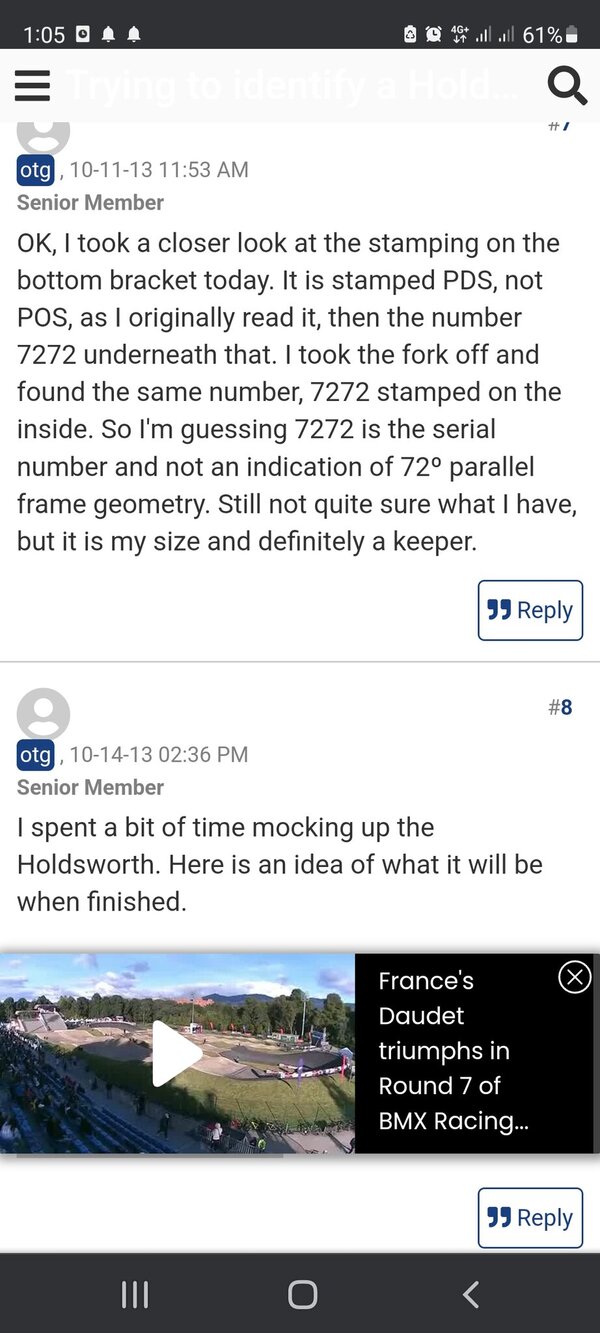 Screenshot_20221215-010525_Chrome.jpg206 KB · Views: 12
Screenshot_20221215-010525_Chrome.jpg206 KB · Views: 12


